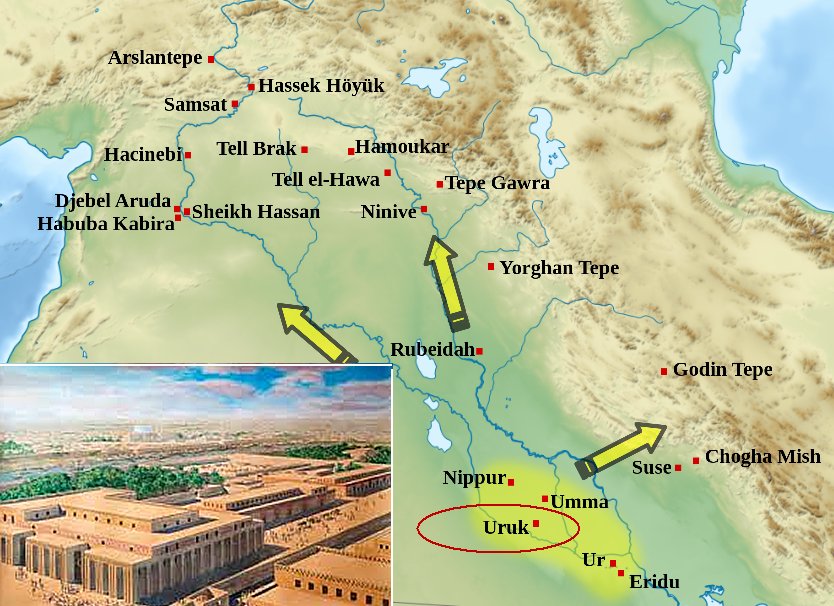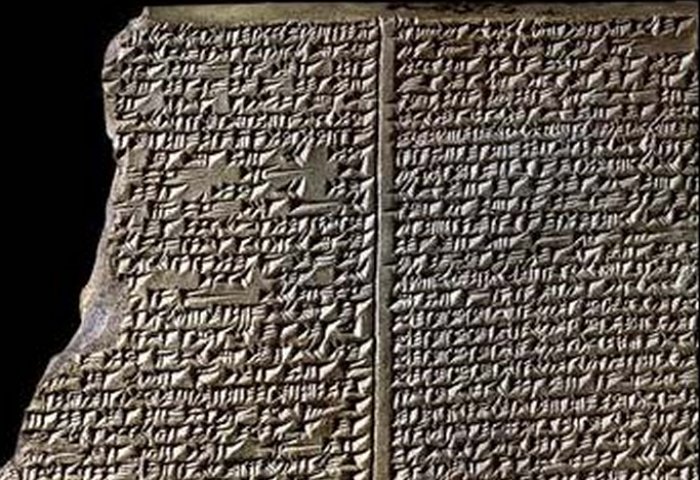Uruk Was Ruled By Gilgamesh Who Built City’s Great Walls
A. Sutherland - AncientPages.com - In Mesopotamian myths, Gilgamesh is presented as a demigod of superhuman strength that lived a very long life. Based on the’ Sumerian King List’, we learn that the great hero, Gilgamesh, reigned 126 years.
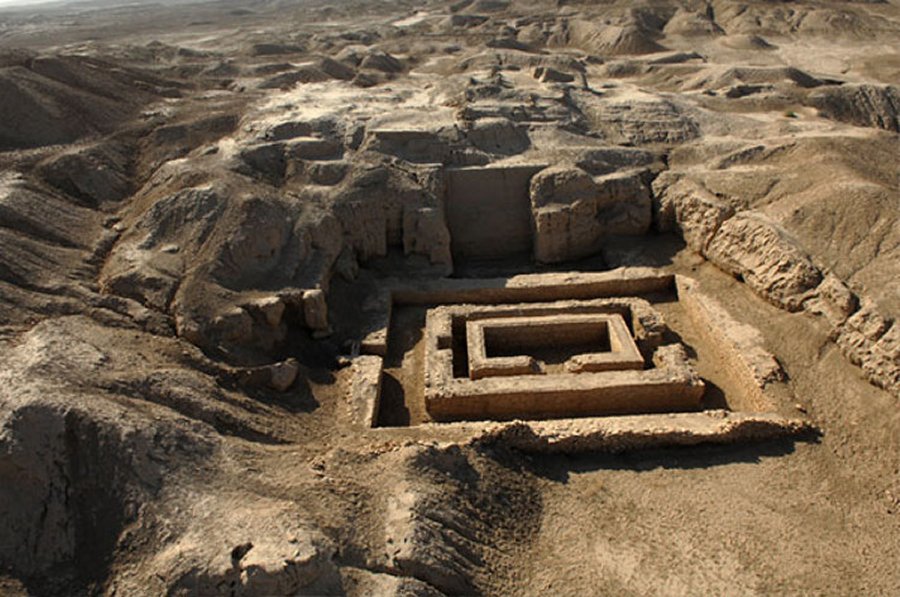
One of his greater achievements was the construction of the city walls of Uruk to defend his people from enemies.
He lived in the ancient Sumerian city of Uruk. He was the son of the mortal Lugulbanda and a minor goddess, Ninsun.
Gilgamesh built and beautifully remodeled this great city to honor An, the father of the gods, and his daughter, Inanna, the goddess of love and war. He also irrigated the fields, dug wells, and made orchards.
One of his greater achievements was the construction of the city walls of Uruk to defend his people from enemies.
The city of Uruk was an important Sumerian city:
'…The outer wall shines in the sun like the brightest copper; the inner wall is beyond the imagining of kings. Study the brickwork, study the fortification; climb the great ancient staircase to the terrace; study how it is made; from the terrace see the planted and fallow fields, the ponds and orchards. One league is the inner city, another league is orchards; still another the fields beyond; over there is the precinct of the temple.
Three leagues and the temple precinct of Ishtar measure Uruk, the city of Gilgamesh….'
According to the Sumerian King List, Uruk was founded by King Enmerkar around 4500 BC and was the largest settlement in southern Mesopotamia, if not the world.
During the Early Dynastic period (2900–2350 BC), Uruk dominated Mesopotamia.
Towards the end of the fourth millennium BC, at about the time that writing was being invented but before it is able to tell us much, Uruk had already spread over some 400 hectares, and became greater in size and population than Rome, about 3000 years later, or Athens, when the northern and southern walls of the Acropolis were reconstructed and major temples including the Parthenon, were rebuilt under the leadership of Pericles during the Golden Age of Athens (460-430 BC).
Uruk was surrounded by a massive wall, which according to tradition was built on the orders of King Gilgamesh, who ruled around 2700 BC.
In the Epic of Gilgamesh’ is written:
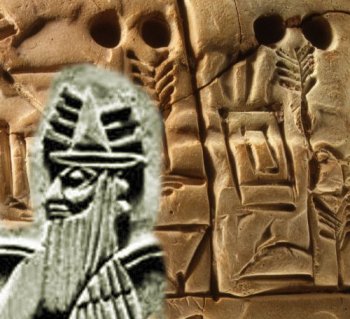 "….they arrived at Uruk, the strong-walled city. Gilgamesh spoke to him, to Urshanabi the ferryman, ‘Urshanabi, climb up onto the wall of Uruk, inspect its foundation terrace, and examine well the brickwork; see if it is not of burnt bricks; and did not the seven wise men lay these foundations?
"….they arrived at Uruk, the strong-walled city. Gilgamesh spoke to him, to Urshanabi the ferryman, ‘Urshanabi, climb up onto the wall of Uruk, inspect its foundation terrace, and examine well the brickwork; see if it is not of burnt bricks; and did not the seven wise men lay these foundations?
One-third of the whole is the city, one-third is the garden, and one-third is the field, with the precinct of the goddess Ishtar. These parts and the precinct are all Uruk.
This too was the work of Gilgamesh, the king, who knew the countries of the world. He was wise 'he saw mysteries and knew secret things, he brought us a tale of the days before the flood. He went a long journey, was weary, worn out with labor, and returning engraved on a stone the whole story…’
Uruk was a place of intense activity, a city of pulsating public life within its busy and impressive streets. The city had monumental mud-brick buildings decorated with mosaics of painted clay cones embedded in the walls, and richly decorated with art.
Large-scale sculpture in the round and relief carving appeared for the first time, together with metal casting using the lost-wax process.
Widely accepted as the historical 5th king of Uruk whose influence was so profound, Gilgamesh was later remembered in many stories and epics as a great hero.
Written by – A. Sutherland AncientPages.com Staff Writer
Copyright © AncientPages.com All rights reserved. This material may not be published, broadcast, rewritten or redistributed in whole or part without the express written permission of AncientPages.com
Expand for referencesReferences:
Kriwaczek, P. Babylon: Mesopotamia and the Birth of Civilization
Freeman, H. Sumerians: A History From Beginning to End
More From Ancient Pages
-
 LIDAR Will ‘Map’ The Ground Surface To Reveal New Picture Of Ancient Native American Culture
Archaeology | Aug 18, 2023
LIDAR Will ‘Map’ The Ground Surface To Reveal New Picture Of Ancient Native American Culture
Archaeology | Aug 18, 2023 -
 On This Day In History: Treaty of Bergerac Ratified – On Sep 17, 1577
News | Sep 17, 2016
On This Day In History: Treaty of Bergerac Ratified – On Sep 17, 1577
News | Sep 17, 2016 -
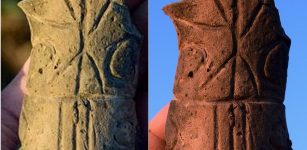 7,000-Year-Old Unique Lipnik Idol Statuette Unearthed In Moravian Gate Valley, Czech Republic
Archaeology | Dec 14, 2015
7,000-Year-Old Unique Lipnik Idol Statuette Unearthed In Moravian Gate Valley, Czech Republic
Archaeology | Dec 14, 2015 -
 Three Fun Paradoxes Created By Ancient Greek Philosophers To Puzzle Over
Featured Stories | Aug 28, 2024
Three Fun Paradoxes Created By Ancient Greek Philosophers To Puzzle Over
Featured Stories | Aug 28, 2024 -
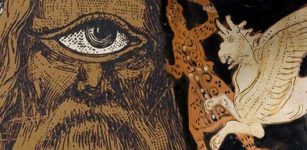 Arimaspians: Mysterious Mighty Warriors With One-Eye
Featured Stories | Mar 9, 2021
Arimaspians: Mysterious Mighty Warriors With One-Eye
Featured Stories | Mar 9, 2021 -
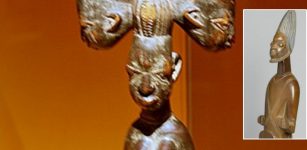 Shango: Powerful Thunder God And Symbol Of Kingship Among Yoruba People Of West Africa
African Mythology | Mar 4, 2019
Shango: Powerful Thunder God And Symbol Of Kingship Among Yoruba People Of West Africa
African Mythology | Mar 4, 2019 -
 Mayong – Mysterious Ancient Land Of Black Magic In India
Featured Stories | Mar 7, 2019
Mayong – Mysterious Ancient Land Of Black Magic In India
Featured Stories | Mar 7, 2019 -
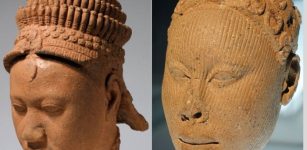 Ife Head: Significance Of The Head ‘Ori’ In Yoruba Ancient And Present Beliefs
Artifacts | Mar 27, 2019
Ife Head: Significance Of The Head ‘Ori’ In Yoruba Ancient And Present Beliefs
Artifacts | Mar 27, 2019 -
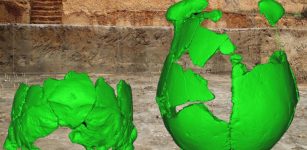 Partial Skull Fossils Found In China Could Be A New Species -‘A Kind Of Unknown Or New Archaic Human’, Researcher Says
Archaeology | Mar 6, 2017
Partial Skull Fossils Found In China Could Be A New Species -‘A Kind Of Unknown Or New Archaic Human’, Researcher Says
Archaeology | Mar 6, 2017 -
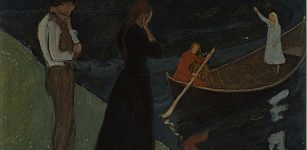 Tuonela – The Land Of The Dead In Beliefs Of Ancient Finnish People
Featured Stories | Nov 9, 2021
Tuonela – The Land Of The Dead In Beliefs Of Ancient Finnish People
Featured Stories | Nov 9, 2021 -
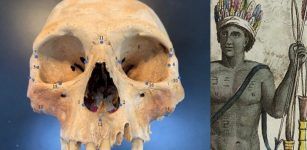 3D Facial Landmarks Reveal Columbus’ Cannibal Claims Were No Myths But True Accounts
Archaeology | Jan 15, 2020
3D Facial Landmarks Reveal Columbus’ Cannibal Claims Were No Myths But True Accounts
Archaeology | Jan 15, 2020 -
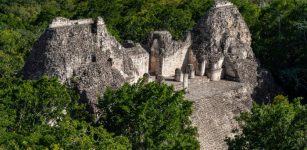 Calakmul Was Powerful Ancient Maya Seat Of The Snake Kingdom
Featured Stories | Apr 15, 2019
Calakmul Was Powerful Ancient Maya Seat Of The Snake Kingdom
Featured Stories | Apr 15, 2019 -
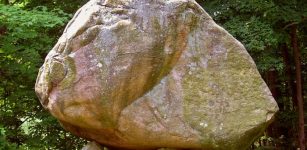 Mystery Of The Giant Boulder In North Salem
Featured Stories | Aug 8, 2019
Mystery Of The Giant Boulder In North Salem
Featured Stories | Aug 8, 2019 -
 Secrets Of The Japanese Shirasaya Sword Mounting
Featured Stories | Sep 11, 2018
Secrets Of The Japanese Shirasaya Sword Mounting
Featured Stories | Sep 11, 2018 -
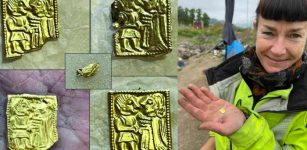 Mysterious Tiny 1,400-Year-Old Gold Foil Figures Found In Pagan Temple
Archaeology | Sep 23, 2023
Mysterious Tiny 1,400-Year-Old Gold Foil Figures Found In Pagan Temple
Archaeology | Sep 23, 2023 -
 Are The Baffling La Marche Cave Paintings Authentic Or Cunning Forgeries?
Featured Stories | Sep 14, 2020
Are The Baffling La Marche Cave Paintings Authentic Or Cunning Forgeries?
Featured Stories | Sep 14, 2020 -
 Fossils In The ‘Cradle Of Humankind’ May Be More Than A Million Years Older Than Previously Thought
Archaeology | Jun 28, 2022
Fossils In The ‘Cradle Of Humankind’ May Be More Than A Million Years Older Than Previously Thought
Archaeology | Jun 28, 2022 -
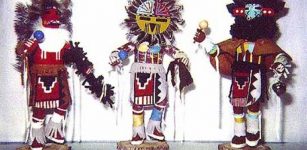 Astonishing Secrets Of Legendary Kachinas: Watchers Of The Hopi
Civilizations | Apr 8, 2017
Astonishing Secrets Of Legendary Kachinas: Watchers Of The Hopi
Civilizations | Apr 8, 2017 -
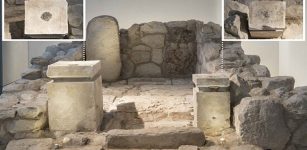 Judahite Shrine Of Biblical Arad Reveals Ancient Use Of Cannabis And Frankincense
Archaeology | Jun 2, 2020
Judahite Shrine Of Biblical Arad Reveals Ancient Use Of Cannabis And Frankincense
Archaeology | Jun 2, 2020 -
 The Great Pyramid And Ancient Egyptian Knowledge Shed Light On Biblical Mysteries – Surprising Information – Part 2
Biblical Mysteries | Nov 27, 2019
The Great Pyramid And Ancient Egyptian Knowledge Shed Light On Biblical Mysteries – Surprising Information – Part 2
Biblical Mysteries | Nov 27, 2019

